Last Updated on September 17, 2023 by Pro Handyman Australia – Editorial Team
In the backdrop of our rapidly digitizing world, the paradigm of home security has undergone a significant transformation. Gone are the days when traditional methods solely sufficed. Now, the seamless integration of smart technology into our daily lives has ushered in a heightened era of home defense.
The Power of Smart Home Integration
Blending smart technology with robust home security systems has paved the way for a more comprehensive and anticipatory approach to protection. This convergence not only enriches our security measures but also equips homeowners with advanced tools to preemptively counter threats, offering an unparalleled level of safety.
A Holistic Approach to Safety
By delving into the intricacies of smart home integration, we can appreciate its prowess in fortifying our homes. This sophisticated strategy provides a wide-ranging and intricate system that does more than just sound an alarm—it actively works to preempt potential risks, ensuring the sanctuary of your living space remains uncompromised.
The Evolution of Smart Homes: Bridging Convenience with Security
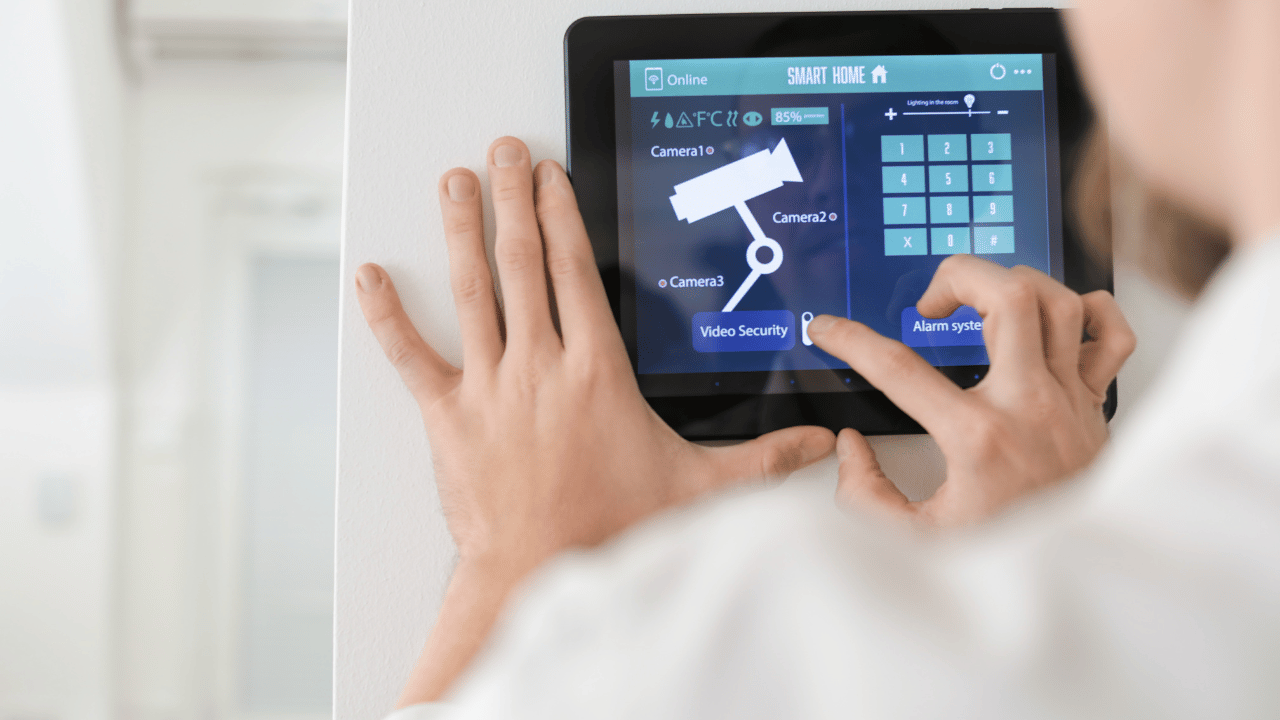
From Simple Comforts to Holistic Safety – The advent of smart homes has redefined our relationship with our living environment. Initially driven by convenience, smart homes have evolved to offer comprehensive security solutions, marrying comfort with peace of mind.
A Network of Intelligence: Smart Devices in Cohesion – Smart devices, ranging from adaptive thermostats to vigilant doorbell cameras, collaborate seamlessly. Together, they craft an intelligent environment attuned to our daily rhythms and requirements.
Security at the Forefront – Within the realm of smart homes, security stands as a paramount pillar. Devices like cameras, sophisticated locks, and intricate sensors come together to craft an all-encompassing shield around our residences.
Symbiotic Safety: Maximizing Defense with Integration – The epitome of home protection lies in the seamless integration of smart devices, surveillance systems, and automated functionalities. This fusion doesn’t just safeguard homes—it offers homeowners tranquility.
The Brain Behind the System: Smart Hubs – Functioning as the nexus of your smart home security apparatus, smart hubs empower you to oversee, manipulate, and stay updated about every connected device from one consolidated platform.
Vigilance Amplified: Security Cameras – Embedding security cameras within the smart home grid lets you oversee more than just your premises. With features like real-time tracking, smart notifications, and distant accessibility, you’re always in the know.
Tailored Security: Custom Profiles – Adapt your security setup to resonate with your unique needs. Design profiles that instigate automatic responses based on defined routines or security triggers.
Mimicking Presence: The Art of Deterrence – Use automation to craft the perception of a lived-in home. Set smart blinds and lights to emulate human activity, deterring potential threats.
Commanding Access: The Era of Smart Locks – Smart locks provide sophisticated entry management. When synergized with cameras, they offer visual validation, letting you control access with clarity.
Stay Alert: Real-Time Notifications – Timely alerts from security gadgets keep you abreast of any anomalies, allowing for swift reactions to potential concerns.
Engage from Afar: Two-Way Communication – Devices equipped with bidirectional communication let you converse with visitors—or deter unwelcome guests—from anywhere, enhancing both safety and convenience.
Adaptive Boundaries: The Magic of Geo-Fencing – Geo-fencing intuitively recognizes your distance from home, activating or deactivating security measures based on your location.
Preserving Insights: Cloud-Based Storage – Opt for cloud storage to ensure your recorded data remains intact, even if a device faces any unforeseen threats.
Predictive Security: Embracing AI and Machine Learning – The fusion of AI and machine learning propels security systems into the future. By understanding regular patterns, these systems become adept at spotting irregularities, elevating their proactive defense capabilities.
Venturing into the Next Era of Home Defense
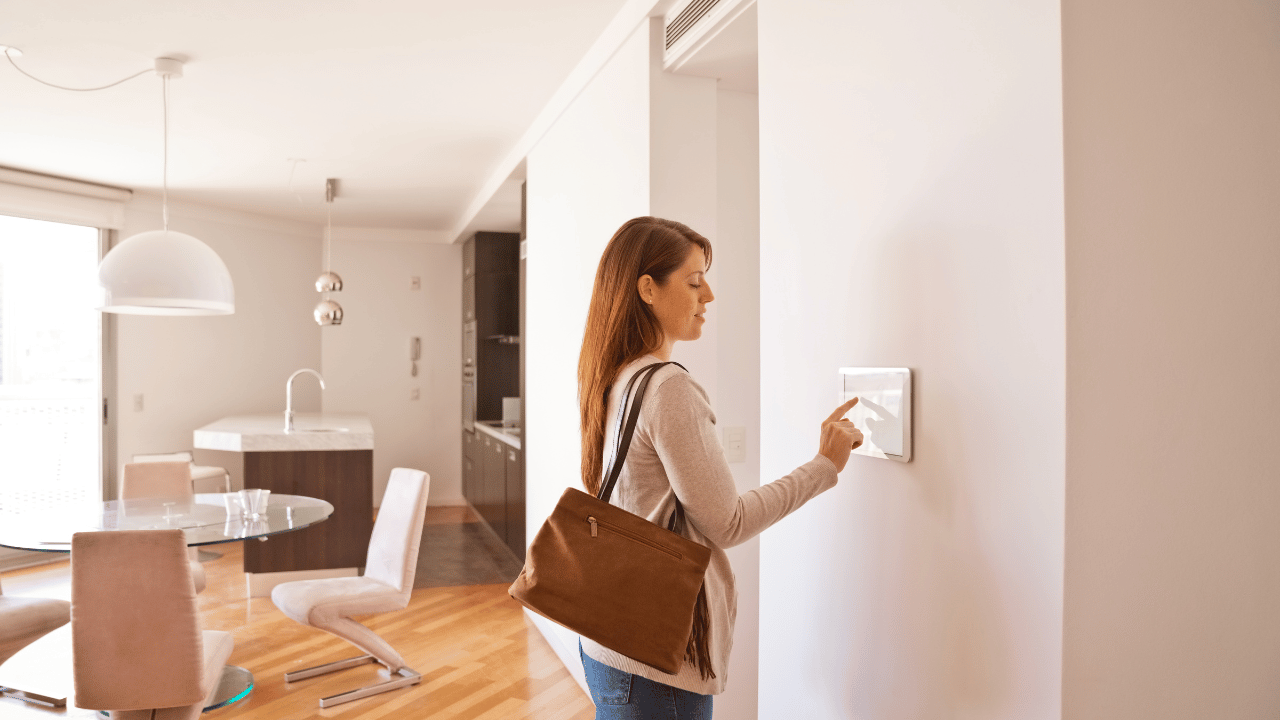
Embracing Biometrics: The Pinnacle of Personalization – In the evolving landscape of home security, biometric authentication is poised to play a pivotal role. Techniques like facial recognition and fingerprint scans promise to fortify access control, ensuring interactions with security mechanisms remain exclusive to authorized users.
Sky’s the Limit: The Role of Drones – The prospect of incorporating drones, armed with cameras and sensors, into our security systems paints a picture of comprehensive aerial surveillance. Such integration offers a vantage point of defense, ensuring real-time response mechanisms from above.
Smart Technology Meets Intelligent Analysis – With the advent of refined sensors and AI-driven analytics, the future hints at security systems capable of discerning even the most nuanced shifts in environmental parameters and human activity. This translates to a heightened sensitivity towards potential hazards.
Anticipating Risks: AI’s Predictive Edge – Harnessing the power of AI, upcoming security protocols might not just react but predict. By collating and analyzing data across devices, these systems could foresee threats, allowing homeowners to stay one step ahead in their defense game.
Guarding the Guardians: Prioritizing Data Privacy – As the digital age unfolds, the sanctity of data privacy remains paramount. Anticipating this, we can expect next-generation security setups to prioritize data safety. By employing advanced encryption techniques and bolstered data protection features, these systems will aim to shield not just homes, but also the invaluable data they house.
Maximizing Coverage through Strategic Camera Placement
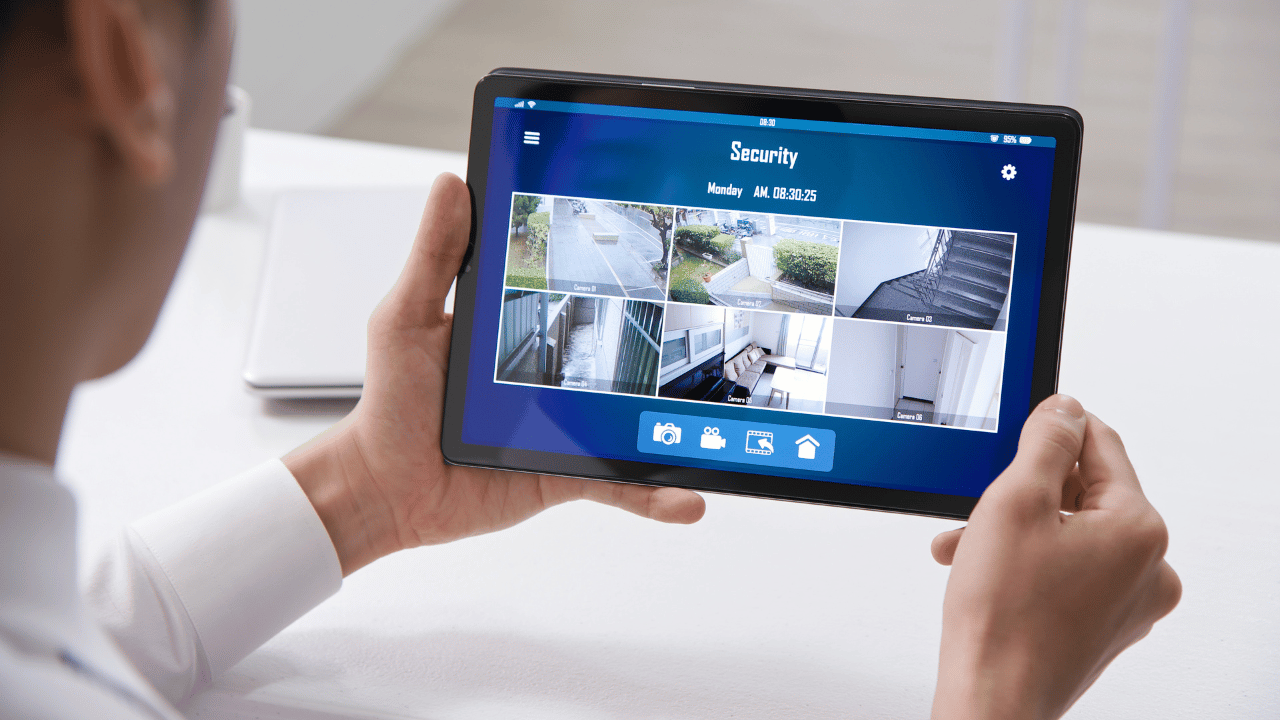
Understanding the strategic placement of home security cameras is paramount to achieving comprehensive monitoring. This not only offers in-depth surveillance but also acts as a formidable deterrent against potential unauthorized activities and intruders. In this guide, we’ll shed light on the integral facets of positioning security cameras effectively—ranging from optimal angles and critical areas to weatherproofing, privacy considerations, and the inclusion of cutting-edge features. As you delve into this guide, you’ll grasp the essentials of creating a vigilant and secure environment that prioritizes the safety of your loved ones.
Surveying Your Property for Optimal Placement
- Determining Vital Coverage Points Strategically situating security cameras in essential areas around your property is vital. Cameras at primary entryways like front and back doors are instrumental since these are typical intruder entry points. However, don’t neglect other areas like windows and garage doors. Ensuring cameras envelop the entirety of your property’s exterior, including side alleys and yards, is also pivotal.
- Addressing Blind Spots and Limited Visibility Areas It’s equally essential to account for zones that might have limited visibility or are potential blind spots. These could range from corners of the property or regions with poor lighting to places concealed by dense vegetation. Strategically placing cameras in these regions nullifies potential intruder hideouts.
Estimating the Necessary Camera Count
Your property’s size and layout predominantly determine the requisite number of cameras. Undertake an exhaustive evaluation of your property, factoring in entry points and potential blind spots. While a singular camera might suffice for a modest front yard, expansive properties might necessitate a multitude of cameras for all-encompassing coverage.
Spotlighting Vulnerable Areas for Surveillance
Certain zones on your property might be particularly prone to illicit activities. Such susceptible areas could include front doors, notorious for package theft or potential home invasions, or even backyards where unsolicited entries might be attempted. It’s prudent to recognize spaces that house high-value items—be it swanky outdoor paraphernalia or premium vehicles—as these can be magnetizing for thieves. Adequately monitoring these pivotal areas should be at the forefront of your security strategy.
Focusing on Key Entryways for Camera Positioning
Undoubtedly, entry points are the most coveted for potential intruders and thus should be high on your surveillance priority list. Ensure cameras oversee all external doorways, encompassing the front, back, side, and even sliding doors. Additionally, windows on the primary floor or those reachable via emergency exits should be under surveillance. Doing so not only deters potential intruders but also ensures capturing vital footage of any unauthorized entry endeavors.
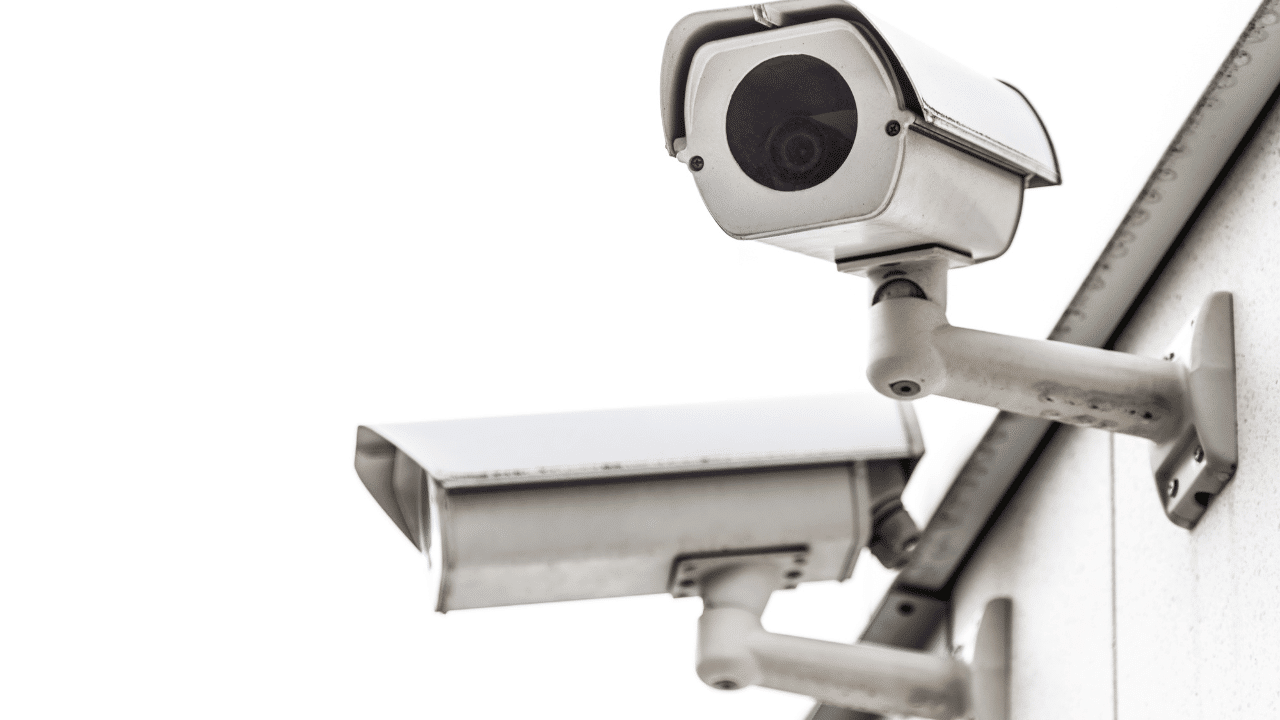
In today’s rapidly advancing technological era, the traditional notions of home security are undergoing a profound transformation. The introduction of integrated smart security systems serves as a testament to how innovation is continually reshaping our approach to safety and peace of mind. Maximizing your home’s defense with such a system isn’t just about deterring potential threats but creating a holistic, interconnected, and intuitive environment that constantly adapts to the needs and nuances of modern living.
The integration of smart technology into our homes has done more than just introduce convenience—it has established an advanced protective shield that operates seamlessly, always vigilant and always ready. From real-time alerts and biometric authentications to predictive analytics, homeowners are now equipped with tools that were once the stuff of science fiction. This melding of convenience with cutting-edge security functionalities means that homeowners can rest easier, knowing that their homes are fortified by a system that thinks, learns, and evolves.
Moreover, as we stand at the threshold of even greater technological breakthroughs, it’s exhilarating to consider the possibilities that lie ahead. Perhaps in the future, we’ll see homes that can not only detect potential threats but also proactively adapt their defenses based on the unique behavioral patterns of their inhabitants. The synergy between smart home technologies and advanced security measures will only grow tighter, leading to homes that are not just safe but also intelligent in their response to a plethora of situations.
Optimizing Camera Angles for Clarity and Identification
Camera angles are instrumental in yielding lucid and recognizable images, particularly when it comes to facial recognition. Ideally, cameras should be slanted downwards, slightly orienting towards the ground. This orientation guarantees that the entire visage of an individual is discernible as they approach. Excessively elevated cameras could result in distorted facial images, rendering it tough to pinpoint possible intruders. Moreover, it’s advisable to eschew directing cameras at bright light sources, which can lead to overexposure and diminished image clarity.
Addressing Surveillance in Blind Spots
Recognizing and addressing blind spots or regions with diminished visibility is fundamental for adept camera positioning. Intruders often exploit these vulnerable spots to sidestep detection. Typical blind spots encompass corners, recesses, and spaces hindered by physical obstructions or foliage. Strategically deploying cameras to oversee these spots ensures that surveillance is continuous and exhaustive. Incorporating wide-angle lenses or PTZ cameras, which offer remote adjustability, can be particularly beneficial for these regions.
Appropriate Camera Heights for Distinctive Locations
Camera height should be tailored according to its specific location and purpose. For main entryways such as doors and windows, a height bracket of 7 to 9 feet above ground level is advocated. Such positioning not only facilitates optimal facial recognition angles but also diminishes tampering prospects. However, for expansive areas like driveways or gardens, elevated placements might be requisite to encompass a broader panorama.
For indoor surveillance, heights should correspond to the specific room or corridor. While a range of 6 to 7 feet might suffice for living spaces or corridors, areas like children’s rooms could benefit from a lower positioning, perhaps around 3 to 4 feet.
Wired Versus Wireless Cameras: Making an Informed Choice
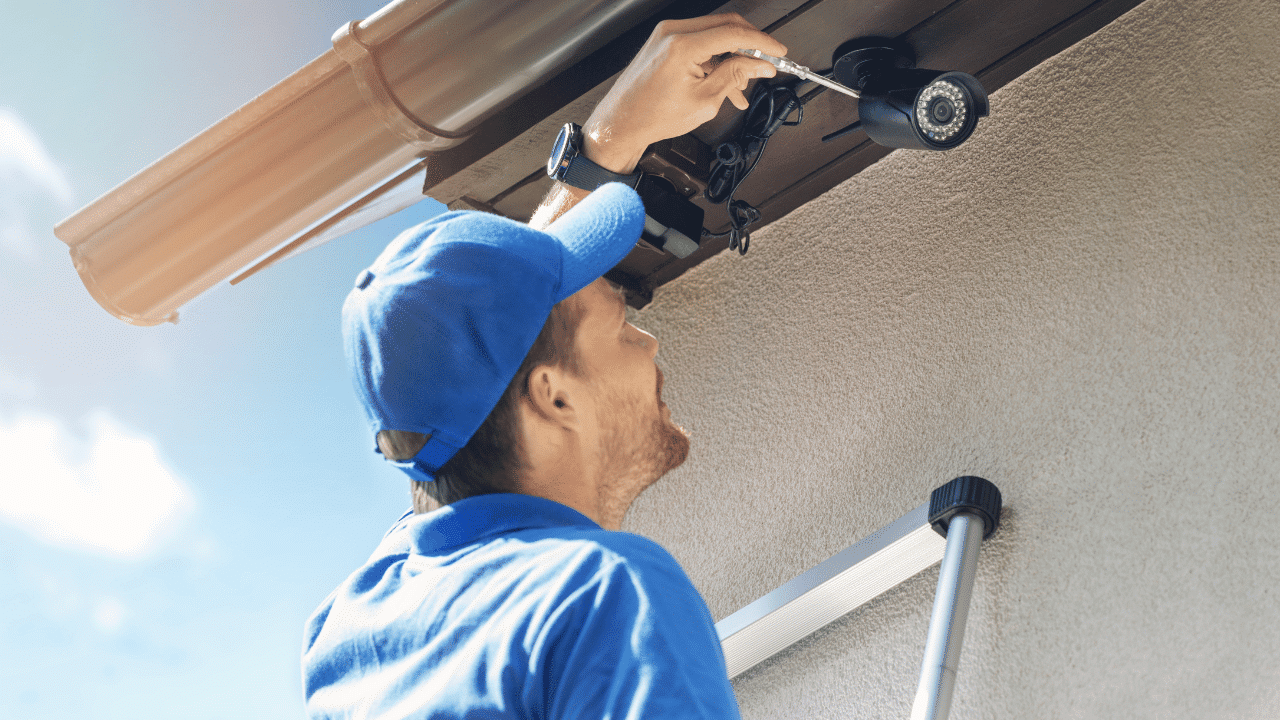
Homeowners, when exploring security camera solutions, primarily oscillate between wired and wireless options, each boasting distinctive merits and constraints.
- Wired Cameras: These offer an unwavering power source, ensuring uninterrupted video streams with minimal signal disruptions. However, their installation could be intricate, often mandating expert intervention. The wiring prerequisites might also circumscribe placement agility. It’s pertinent to note that during electrical disturbances, wired variants could falter unless supported by backup power mechanisms.
- Wireless Cameras: These are synonymous with installation ease, discarding the need for cumbersome wiring. They’re particularly apt for locales where wires might be an eyesore or logistically challenging. Their innate adjustability allows seamless relocations. Some even operate on batteries, perfect for spots devoid of power connectivity. However, one must weigh the Wi-Fi signal potency in prospective camera zones, as it might be contingent on router proximity or potential barriers.
While wireless cameras are replete with advantages, they’re not devoid of limitations. Depending on Wi-Fi signals can occasionally usher in sporadic connectivity glitches, especially in zones with erratic Wi-Fi reception. Battery-dependent variants necessitate recurrent recharging or replacements, potentially culminating in upkeep concerns. Proximity to other wireless gadgets might also engender signal disturbances, compromising camera efficacy.
When oscillating between the two variants, deliberate on your explicit prerequisites, your premises’ layout, and the accessibility of power and Wi-Fi networks. While wired solutions are synonymous with reliability, wireless counterparts are celebrated for their adaptability and installation simplicity. Your eventual choice should harmonize with your distinct security imperatives and predilections.

Maximizing Deterrence with Visible Security Cameras
Prominently displayed security cameras serve as an unmistakable signpost to potential intruders. Their mere visibility indicates a property is under constant watch, warning that any illicit activities stand a high chance of being recorded. By placing cameras near entrances and other susceptible spots, you effectively signal heightened surveillance. Additionally, to accentuate their presence, consider deploying signs highlighting the presence of security cameras. Incorporating dome or bullet cameras with distinct housings in eye-catching colors can further spotlight their existence.
The Art of Camouflaging Security Cameras
While overt cameras can be potent deterrents, some homeowners might lean towards a subtler surveillance system. In such scenarios, camouflaging security cameras becomes an art. These hidden cameras meld seamlessly with their environment, eluding the discerning eyes of potential intruders.
There are inventive ways to merge cameras into the background:
- Camera housings can mirror everyday items, such as outdoor lights, birdhouses, or even sprinkler heads.
- Utilizing faux security cameras or dummy variants can still exude the semblance of a working security apparatus.
- Nestling cameras amidst greenery or integrating them with exterior decoration elements can also make them inconspicuous.
Although concealed cameras might lack the immediate dissuasive impact of their visible counterparts, they’re apt for scenarios necessitating discreet surveillance measures.
Augmenting Deterrence with Motion Sensor Lighting
Infusing motion sensor lighting into a security system elevates its deterring potential, especially during the twilight hours. As these lights flare up in response to any movement, they not only illuminate the vicinity but also startle potential intruders. This sudden illumination not only exposes the intruder but makes them reconsider their actions.
Pairing these motion-triggered lights with visible cameras amplifies their deterrent value. Those caught in this unexpected luminescence often opt for a hasty retreat, abandoning any ill intentions. Moreover, these lights serve a dual purpose; they also notify homeowners of any exterior activity, facilitating prompt reactions.
Seamlessly integrating motion sensor lights with security cameras is straightforward, and numerous camera models come equipped with in-built motion detection capabilities. Additionally, homeowners have the liberty to calibrate the motion sensor’s sensitivity, mitigating the chances of false alerts due to harmless movements, such as those of animals.
The Importance of a Reliable Signal
With a powerful and consistent Wi-Fi signal, homeowners can easily access camera feeds in real-time. This enables a rapid response to potential security threats, ensuring a safer and more secure domestic environment.
Harnessing Advanced Features for Enhanced Home Security

Storage Considerations for Security Footage
Selecting an appropriate storage medium for your security camera system is fundamental for its effective operation. There’s a diverse range of storage options available, each tailored to different needs:
- Local Storage: Devices such as Network Video Recorders (NVRs) or Digital Video Recorders (DVRs) facilitate local storage on hard drives. Generally, NVRs pair with IP cameras, while DVRs work best with analog variants.
- Cloud Storage: Gaining momentum for its advantages, cloud storage ensures your data is preserved in remote servers. This method offers the benefits of scalability, remote accessibility, and a safeguard against potential data loss from camera damage or theft.
When evaluating storage mediums, it’s imperative to weigh factors like storage capacity needs, accessibility, and financial considerations. Periodic inspection and management of archived footage are equally significant to guarantee ongoing recording and storage of crucial video snippets.
Seamless Integration with Home Automation Systems
Merging your security camera system with home automation can substantially elevate both security and convenience. Such integration provides homeowners:
- A unified platform or mobile application to view camera feeds and oversee their security infrastructure.
- Real-time monitoring and distant access and control over security cameras.
- Immediate notifications on connected devices when cameras identify motion or security discrepancies.
- Automated actions, such as activating lights or alarms, in response to perceived threats.
Moreover, when synchronized with smart gadgets like smart locks or doorbells, homeowners gain additional security functionalities and can remotely engage with visitors.
Accessories: Enhancing Camera Efficiency
For a top-notch camera system performance, certain accessory recommendations merit consideration:
- Camera Mounts and Brackets: These ensure the camera remains firmly in place while offering flexibility in adjusting viewpoints for optimal surveillance coverage.
- Infrared Illuminators: A boon for nighttime or low-light surveillance, they illuminate areas to record lucid footage under suboptimal lighting.
- Power over Ethernet (PoE) Switches: Ideal for IP cameras, these switches merge data and power flow through one cable, negating the requirement for distinct power cables and thus simplifying installation.
- Surge Protectors: These are indispensable to shield your cameras from potential electrical disruptions during electrical surges or storms, thereby prolonging the equipment’s durability.
Optimal Camera Placement for Comprehensive Surveillance

Strategically placing cameras is pivotal for blanket surveillance:
- Outdoor Cameras: It’s crucial to ensure surveillance continuity without any coverage gaps. Cameras should slightly overlap to negate blind spots. The recommended distance between cameras can fluctuate based on their resolution and lens quality. Advanced resolution cameras can effectively monitor expansive areas with fewer units.
- Optimizing Indoor Camera Placement for Security and PrivacyPrioritizing Strategic Camera Locations
For homeowners delving into the realm of indoor security, selecting the optimal locations for camera installation is vital. While the objective is comprehensive coverage, it’s equally crucial to uphold the privacy standards within the home. Prime spots for these cameras include:
- Entry Points: Front and back doorways are pivotal areas, as they are common ingress and egress points.
- High Traffic Areas: Corridors and hallways are frequented, making them valuable monitoring zones.
- Common Gathering Spaces: Living rooms, being central hubs of activity, offer a broad overview of indoor happenings.
- Valuable Asset Zones: Areas housing valuable items or critical documents deserve dedicated surveillance.
Balancing Security with Privacy
While ensuring safety is a priority, it’s essential to respect the privacy sanctity of certain spaces. It’s advisable to angle cameras in a manner that deliberately excludes private areas like bedrooms and bathrooms. Elevating the installation by positioning cameras high on walls or ceilings not only deters potential tampering but also seamlessly integrates them into the home decor, maintaining discretion.
Integrating with Smart Home Ecosystem
The modern home is increasingly interconnected. By integrating indoor cameras with smart home gadgets, homeowners can elevate the system’s utility. A noteworthy integration example is connecting cameras to voice-controlled smart speakers. This union permits homeowners to swiftly access live camera feeds through simple voice prompts, adding a layer of convenience to security.
In essence, when cameras are strategically situated indoors, they offer a dual advantage: they bolster security by keeping a vigilant eye on key zones, while concurrently respecting and preserving the personal space and privacy of all residents.
Securing and Maintaining Your Home Camera System
Fortifying Security Measures
In an age where interconnected devices proliferate, the importance of safeguarding security camera systems from cyber threats cannot be understated. These devices, essential for home security, can become potential prey for hackers. To ensure the safety and privacy of both your property and its occupants:
- Password Management: It’s imperative to establish strong, distinctive passwords for every camera and the main management system. Avoid easily decipherable or default passwords. Regularly updating these passwords enhances system security.
- Two-Factor Authentication (2FA): Incorporating 2FA introduces a secondary layer of security. Even with the right password, this system mandates an additional verification step to access the camera system.
- System Updates: Ensure that both the camera’s firmware and software remain updated. Manufacturers frequently release updates addressing system vulnerabilities, so it’s vital to stay updated.
- Home Network Security: Fortify your home network with robust encryption protocols like WPA2 or WPA3. If feasible, position the camera system on an independent network, further shrinking access avenues for potential intruders.
- Limit Remote Access: If remote viewing isn’t essential, consider deactivating it to lessen unauthorized access risks. Implementing firewalls on network devices can further regulate traffic to the camera system.
- Routine Audits: Consistently review your camera system’s access logs and user profiles to detect any anomalies or unauthorized access attempts.
By embracing these measures and consistently following best practices, homeowners can markedly diminish the chance of their camera system being compromised, thus ensuring their security apparatus remains robust and trustworthy.
Essential Maintenance for Optimal Camera Performance
To ensure the longevity and reliability of security cameras, consistent maintenance is key. Proper care amplifies the system’s efficacy, making it an unwavering security asset:
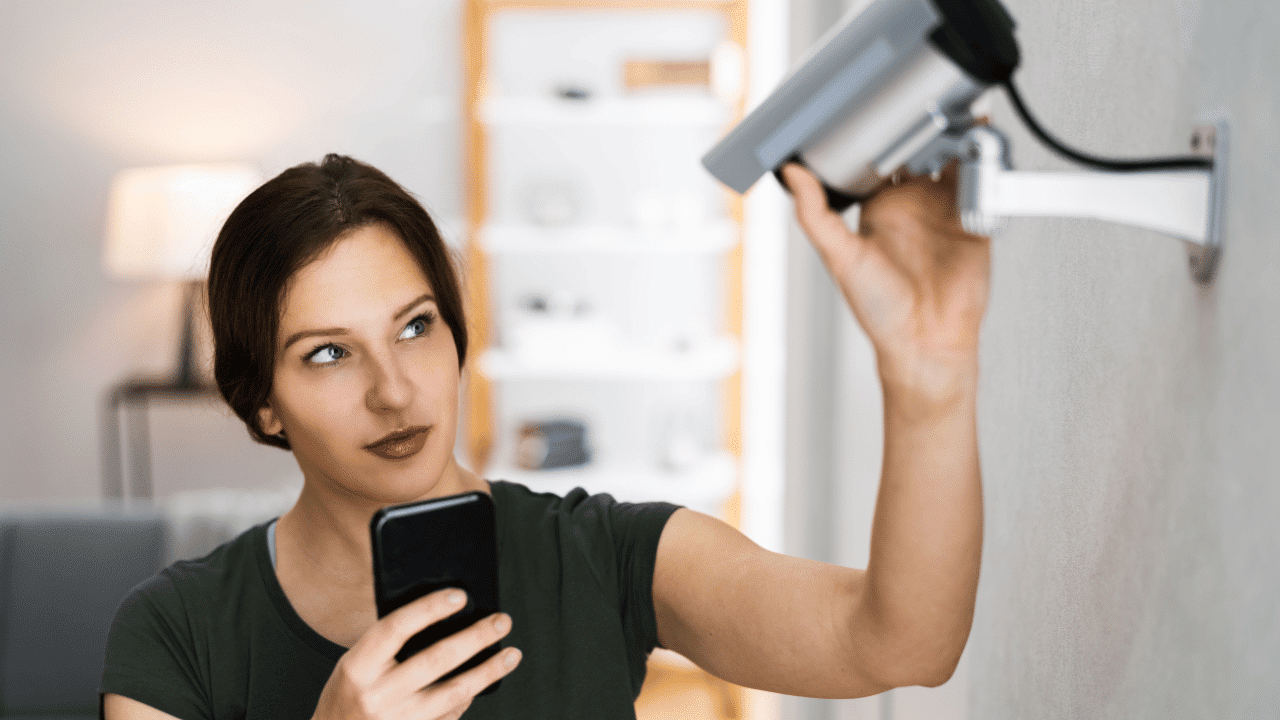
- Camera Cleaning and Inspection: Regularly clean the camera lenses and housings to remove accumulated debris. A clean lens guarantees crisp video footage, while periodic inspections can identify potential wear and damage.
- Functional Testing: Routinely test each camera to confirm the performance of features such as PTZ (pan, tilt, zoom) and infrared functionalities. This helps in ascertaining that the camera records without glitches.
- Power Source Monitoring: For battery-operated cameras, routinely inspect their charge status and replace batteries if needed. Also, verify that all cameras receive appropriate power and that connections remain secure.
- Storage Monitoring: Be it local recorders or cloud storage, regular checks on storage availability ensure uninterrupted recording based on your settings.
- Cable Inspections: Examine cables for signs of damage or loose connections and secure them to prevent unforeseen disconnections.
- Camera Angle Reviews: Periodic assessments of camera angles and coverage confirm that pivotal areas remain under surveillance. Making necessary adjustments helps in covering any emerging blind spots or changes in the property’s structure.
- Optimal Lighting: Especially pertinent for outdoor cameras during the night, it’s crucial to ensure sufficient lighting. Incorporating additional lights or infrared illuminators can notably enhance footage quality in dimly lit settings.
By meticulously observing these maintenance guidelines, homeowners can fortify their home’s security. Regular upkeep minimizes technical disruptions and heightens the system’s real-time monitoring capabilities, strengthening overall home security.
Conclusion
In conclusion, as we immerse ourselves deeper into the age of interconnectedness, maximizing home defense through an integrated smart security system is more than just a wise choice—it’s an imperative. The seamless blend of smart functionalities with robust security measures ensures that our homes remain our sanctuaries, even in an ever-changing world. Embracing this new paradigm of home protection offers not just safety but also the assurance that our most cherished spaces are shielded by the very best that technology has to offer.
